
 1
1




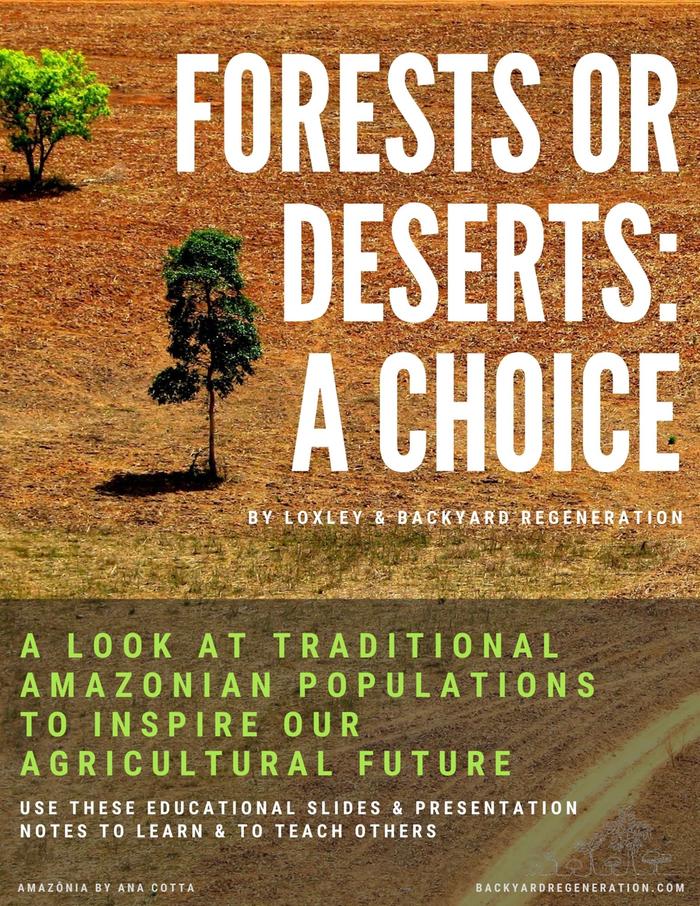
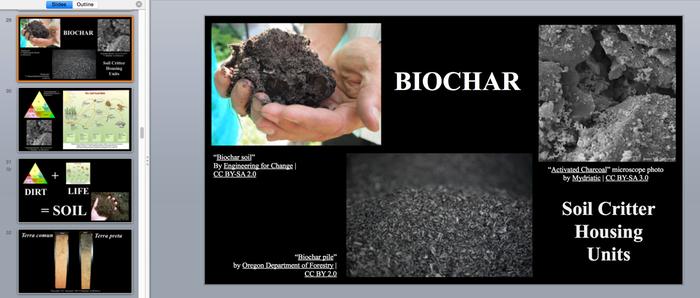
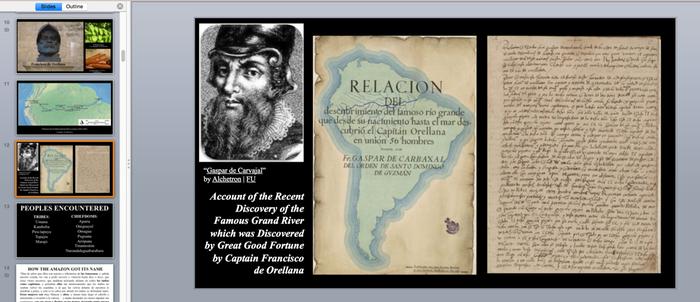
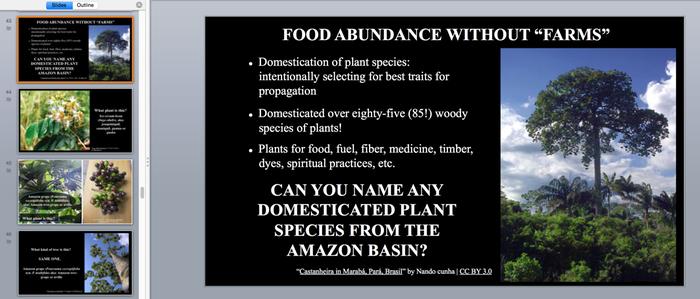
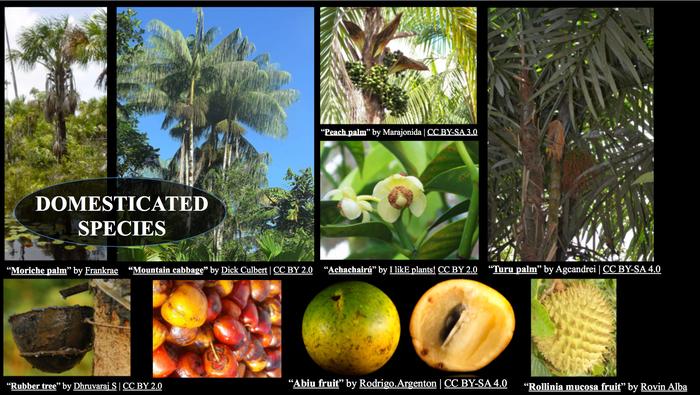
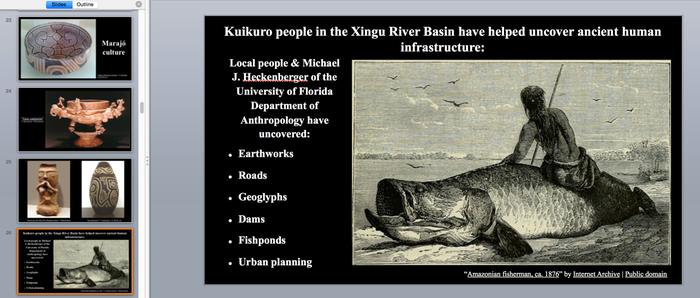
Grace Pretre, Ramana's 'Āina Farm Sanctuary wrote:If you want to know about great civilizations and how sustainable they were, how they survived in nature for thousands of years, this is of great value. If you’re interested in the history of the Amazon and agriculture in general, I would highly recommend this class, it was very eye opening for me.
Adam Hicks, Malauwao Farm wrote:A powerful, inspiring, and so very timely presentation. Congratulations on such a wonderful exploration and original thinking on this important history. Thank you for your tenacity in both learning deeply and sharing comprehensively with such easy clarity.
Kyle Clarkin, Family Farmer Training Network wrote:The lectures you gave were some of the best I've ever had. Engaging and inspiring.





C. Levis wrote:Past human influences on Amazonian forest
The marks of prehistoric human societies on tropical forests can still be detected today. Levis et al. performed a basin-wide comparison of plant distributions, archaeological sites, and environmental data. Plants domesticated by pre-Columbian peoples are much more likely to be dominant in Amazonian forests than other species. Furthermore, forests close to archaeological sites often have a higher abundance and richness of domesticated species. Thus, modern-day Amazonian tree communities across the basin remain largely structured by historical human use.
Abstract
The extent to which pre-Columbian societies altered Amazonian landscapes is hotly debated. We performed a basin-wide analysis of pre-Columbian impacts on Amazonian forests by overlaying known archaeological sites in Amazonia with the distributions and abundances of 85 woody species domesticated by pre-Columbian peoples. Domesticated species are five times more likely than nondomesticated species to be hyperdominant. Across the basin, the relative abundance and richness of domesticated species increase in forests on and around archaeological sites. In southwestern and eastern Amazonia, distance to archaeological sites strongly influences the relative abundance and richness of domesticated species. Our analyses indicate that modern tree communities in Amazonia are structured to an important extent by a long history of plant domestication by Amazonian peoples.
_by_Dick_Culbert_(CC_BY_2.0)-_flickr.com.jpg)




William Balée & Clark L. Erickson wrote:...under certain agricultural and agroeconomic regimes, soils have become organically and chemically impoverished (such as loss of topsoil in the North American Midwest due to industrial agriculture, or salinization of the Euphrates River due to ancient Mesopotamian irrigation), whereas under other regimes, soils have actually become highly fertile in terms of their nutrient content and physicochemical properties. The organic black and brown earths of upland Amazonia (Amazonian Dark Earths), typically the result of prehistoric agriculture and settlement, are actually much more fertile than surrounding soils not so utilized and subjected to management over time (Erickson 2003; Hecht 2003; Hecht and Posey 1989; Lehmann et al. 2003; McCann, Woods, and Meyer 2001; WinklerPrins 2001; Woods and McCann 1999; see also Denevan, chapter 5, Erickson and Balée, chapter 7, and Heckenberger..).
 1
1




Striving to grow things as naturally, simply, and cheaply as possible! 
My YouTube channel
 2
2




Gregorio de Souza, et al. wrote:The discovery of large geometrical earthworks in interfluvial settings of southern Amazonia has challenged the idea that Pre-Columbian populations were concentrated along the major floodplains. However, a spatial gap in the archaeological record of the Amazon has limited the assessment of the territorial extent of earth-builders. Here, we report the discovery of Pre-Columbian ditched enclosures in the Tapajós headwaters. The results show that an 1800 km stretch of southern Amazonia was occupied by earth-building cultures living in fortified villages ~Cal AD 1250–1500. We model earthwork distribution in this broad region using recorded sites, with environmental and terrain variables as predictors, estimating that earthworks will be found over ~400,000 km2 of southern Amazonia. We conclude that the interfluves and minor tributaries of southern Amazonia sustained high population densities, calling for a re-evaluation of the role of this region for Pre-Columbian cultural developments and environmental impact.


|
He was giving me directions and I was powerless to resist. I cannot resist this tiny ad:
Learn Permaculture through a little hard work
https://wheaton-labs.com/bootcamp
|







